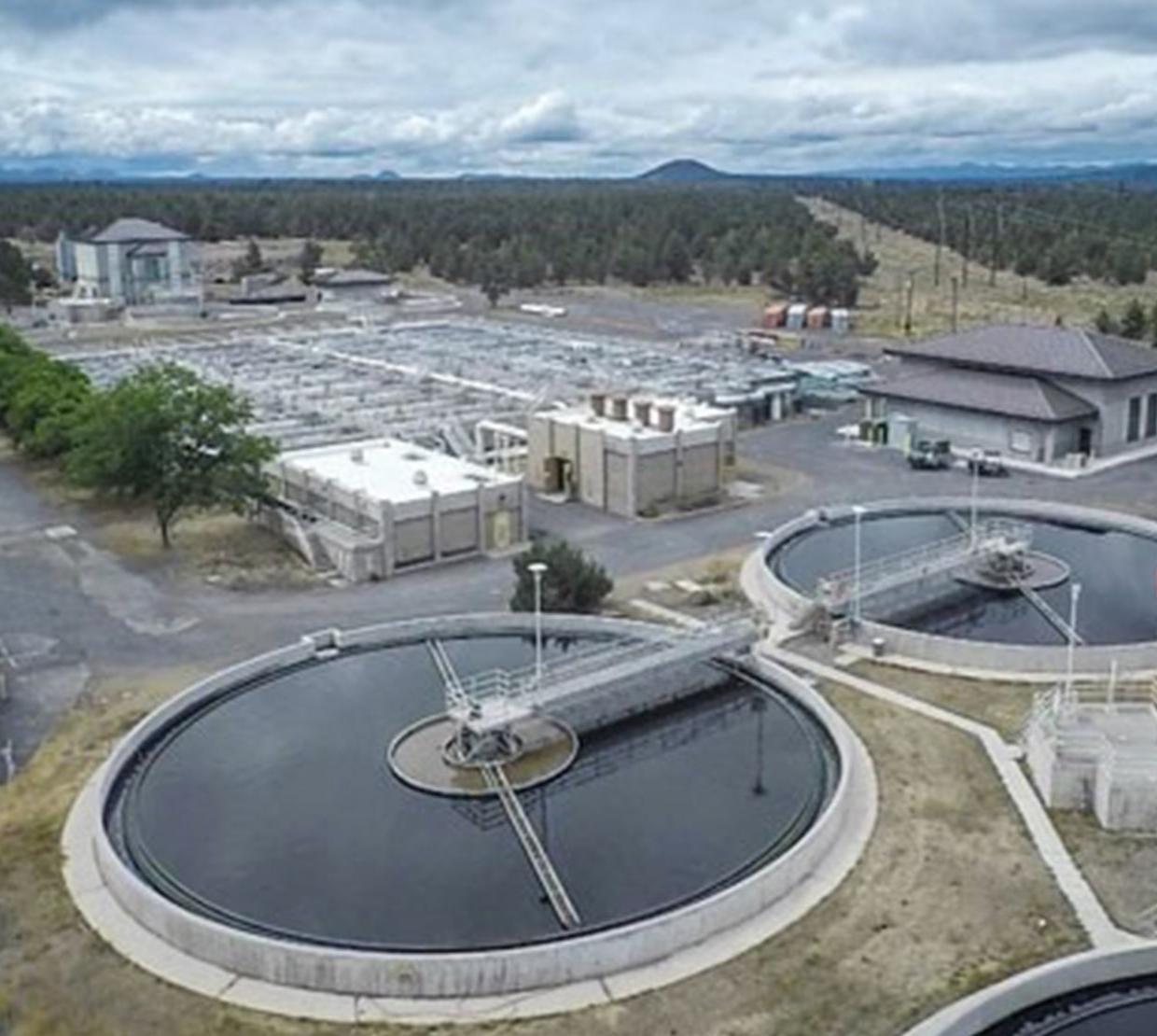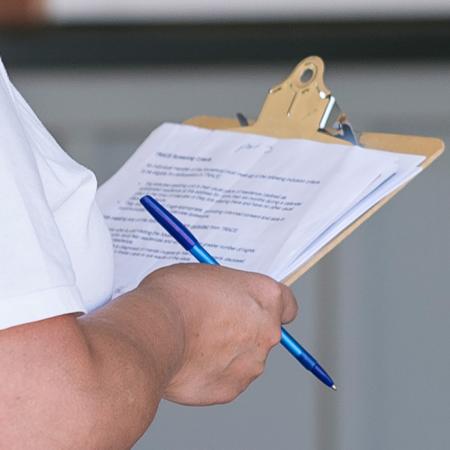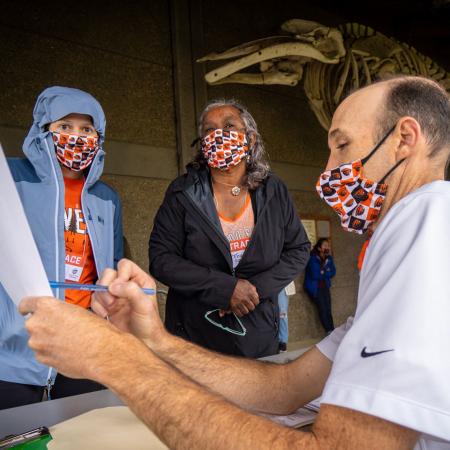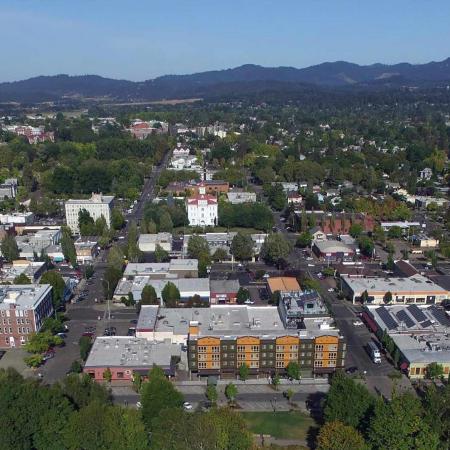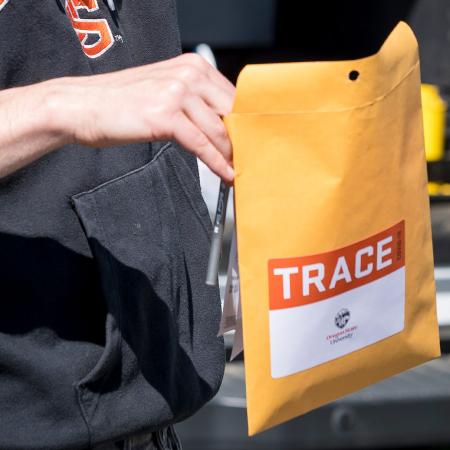Switch to: English
CORVALLIS, Ore. – Researchers at Oregon State University will look in Bend’s sewer system for genetic evidence of the virus that causes COVID-19 in an effort to help determine the virus’ prevalence in the city.
Researchers will analyze “sewer sets” collected from six sewer line locations, looking for genetic material from the novel coronavirus that traveled from infected people into the city’s wastewater system. Researchers will also look at water samples from the city’s treatment plant.
Bend public works staff will collect the sewage samples May 30-31, the same weekend field workers from OSU’s TRACE-COVID-19 project will gather nasal swab samples door-to-door in Bend.
The sewer line locations take in wastewater from the same 30 census blocks where TRACE field staff will do their sampling, allowing sewer analysis results to be compared with nasal swab results. This will provide a means to verify sewage testing technology that so far seems accurate but is still in its early stages.
“The goal is to validate our data with TRACE data, and then go with them to new locations as they’re able to expand their project,” said Tyler Radniecki, associate professor of environmental engineering in the OSU College of Engineering. “A really important step is to continue to validate the reliability of our sewer surveillance data with more traditional prevalence data from the medical community and researchers. Fortunately, the early indications suggest that sewer analysis is a reliable method.”
Radniecki said the research work by OSU is called Coronavirus Sewer Surveillance.
Additional sewer surveillance projects under the direction of Radniecki, OSU Bioengineering Professor Christine Kelly, and Ken Williamson, research and innovation director for Clean Water Services of Hillsboro, Oregon, are underway in Washington County. Williamson is an Oregon State professor emeritus.
Like the city of Bend, which is closely collaborating with the OSU researchers, Washington County is interested in what its sewage can say about the virus’ prevalence.
“Our approach overcomes the issue of asymptomatic carriers by detecting the virus from both symptomatic and asymptomatic carriers,” Kelly said “That eliminates the delays inherent in relying on hospitalization records to confirm the appearance and disappearance of a COVID-19 outbreak.”
Initial funding and support for the work is being provided by the National Science Foundation and Clean Water Services.
There has been no indication that the novel coronavirus can survive as an infectious agent in sewage, Radniecki said, but RNA signatures do survive and are detectable. Oregon State has the lab capability to do the genetic testing with a predicted turnaround time of about a week.
“We can’t put an exact number on how many people are infected, but we’re the bloodhounds who sniff the virus out, monitor its rise and fall in communities, detect priority hotspots and then alert medical researchers and staff who can go in and take it from there with their knowledge, skills and technologies,” Radniecki said.
On Thursday, Williamson will give a presentation to the U.S. House Committee on Transportation & Infrastructure, chaired by Oregon’s Peter DeFazio, D-Springfield.
“The purpose is to explain to Congress the potential impact of sewer surveillance for tracking the spread of COVID-19 in a cost-effective manner – and thus they should provide funds for it,” Radniecki said. “Clinical tests for individuals with the SARS-CoV-2 virus have not been widely available, so it’s hard to understand the progression of the infection in communities. This lack of information hinders best practices for resource allocation. We think we can do something about that.”
This story was originally posted by the Oregon State University newsroom.
